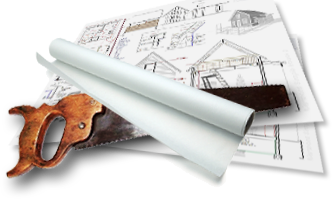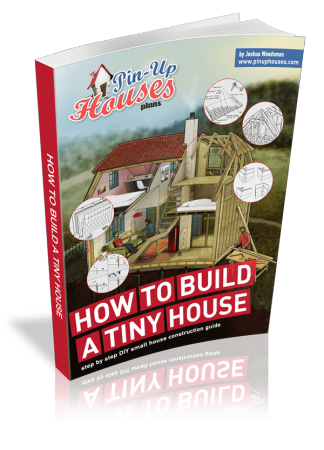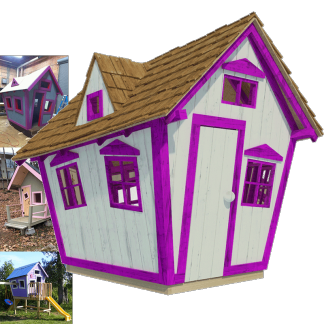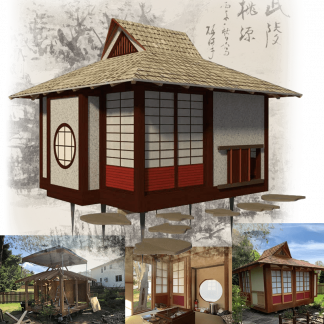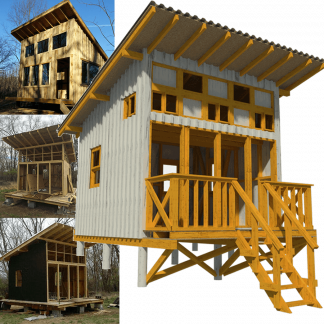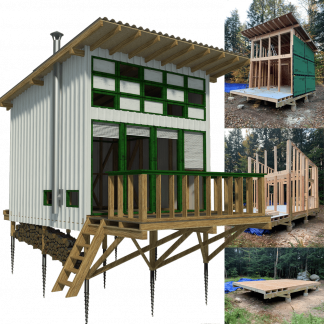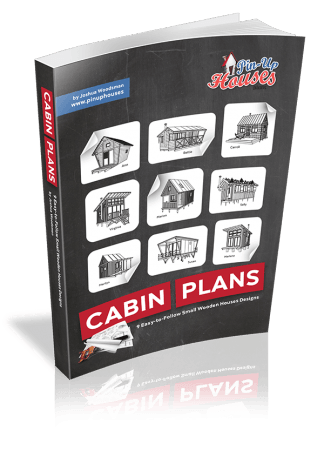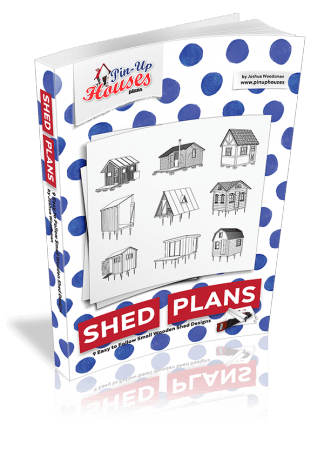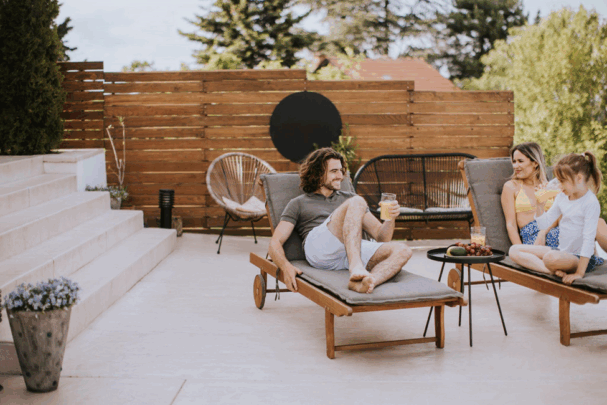
When you build a tiny home, cabin, or off-grid retreat, you’re not just creating shelter, you’re crafting a lifestyle. Every inch matters. Every choice counts. But one thing often gets overlooked in the Pinterest frenzy of floorplans and fold-out furniture: your outdoor space.
Let’s fix that.
Because whether you’re living full-time in a tiny house, or using your DIY cabin as a weekend escape, upgrading your outdoor setup is one of the smartest ways to extend your living area, boost your quality of life, and actually enjoy the land you worked so hard to build on.
Here’s how to do it without wrecking your budget, cluttering your space, or sacrificing style.
Shade Isn’t a Luxury. It’s a Game Changer.
If your outdoor area doesn’t have some kind of shade, it won’t get used. That’s just reality.
A pergola, sail shade, or even a covered porch can instantly turn your outdoor space from “nice in theory” to “actually functional.” The best part? These structures can often be built with scrap lumber or salvaged materials, especially if you’re already familiar with the world of DIY kits and know your local tiny home building code. And if you’re living off-grid or in a hotter climate, shade doesn’t just add comfort, it can protect your exterior siding and extend the lifespan of your paint and trim.
Don’t Just Sit There. Build Something Worth Sitting On.
Tossing a couple of folding chairs outside isn’t going to cut it. Built-in benches, modular outdoor sofas, and cleverly placed hammocks can make your space feel designed, even if you just built your cabin last weekend.
And yes, cushions matter. So do waterproof covers. So does having a drink holder within arm’s reach.
Outdoor seating is where people gather, decompress, read, flirt, stargaze, or have an end-of-day beer. Upgrade it.
Weatherproofing Is Sexy. Trust Us.
Most people don’t talk about weatherproofing because it doesn’t look cool on Instagram. But it’s the only reason your outdoor gear, furniture, and finishes survive past one season.
Invest in smart covers for anything you want to last. That includes grills, fire pits, seating cushions, storage boxes, and especially hot tubs, if you’re lucky enough to have one.
And if you do have a spa or tub, skip the cheap covers that disintegrate in a season and go with a trusted brand like The Cover Guy. Their custom-fit hot tub covers are designed for real Canadian and American winters, not just marketing photos.
Tiny homes are all about efficiency. This is the kind of gear that earns its keep.
Storage Doesn’t Have to Look Like Storage
We know…adding more “stuff” to your tiny house setup can feel like sacrilege. But smart outdoor storage can actually reduce indoor clutter and keep your outdoor living space clean, calm, and minimalist.
Think hidden storage benches. Think dual-purpose planter boxes. Think deck skirting with trapdoor panels that conceal seasonal tools or gear.
Bonus points if it’s weather-sealed and blends with your siding or deck stain.
Light It Right
The quickest way to make your outdoor setup feel magical? Solar lighting. No wiring. No permits. No power bills.
String lights, solar path lights, or motion-activated deck lights can transform your space after dark. They’re also key for safety (no one wants to twist an ankle walking to the outhouse).
And if you want to lean into that hygge-meets-hiking-trail aesthetic, throw in a few lanterns or vintage-style sconces. You don’t need much. Just enough to make the space glow.
Heat Isn’t Optional If You Want to Use It Year-Round
Want to make your outdoor space work in spring and fall…or winter, if you’re brave? Invest in heat.
A chiminea, wood stove, or propane patio heater can keep you outside when the temperature drops. It’s the difference between packing up in September or enjoying October under the stars. And if you’re upgrading to something more efficient or permanent, it’s worth checking the Greener Homes Initiative to see if your retrofit could qualify for a grant.
Pro tip: fire pits that double as tables (when not in use) are a smart space-saving solution for small yards and decks.
Green It Up. But Do It Intentionally
Plants belong outside. Obviously. But that doesn’t mean you should just scatter pots and call it a day.
Use vertical space. Hanging planters, wall-mounted herb gardens, and trellises can create visual interest without eating up your deck. Native plants will save you from constant watering. And if you’re off-grid, food gardens can actually offset your grocery runs.
Just don’t forget a rain barrel system or greywater recycling if you’re relying on limited water supply. Sustainability and style can absolutely coexist.
Create a Zone That Feels Like a Room
Tiny homes work best when every area has a purpose. Your outdoor space should be no different.
Build zones: one for cooking, one for eating, one for relaxing. Use planters, rugs, lights, or shade structures to divide areas visually. It helps with flow, function, and aesthetics.
You’ll spend more time out there and you won’t feel like you’re always chasing chairs and citronella candles.
Keep It Modular
Outdoor setups evolve. Maybe you’re hosting friends this weekend, or you’re flying solo for the season. That’s why stackable chairs, foldable tables, and mobile fire pits are the unsung heroes of smart backyard design.
Bonus: they’re easy to store, easy to protect, and perfect for changing weather, guest lists, or moods.
Final Thoughts: Small Footprint, Big Impact
The beauty of living small is being intentional about everything you choose. That applies to your outdoor upgrades too.
Go for things that earn their space. Choose materials that last. Prioritize comfort and longevity, not trends. And remember, good design doesn’t have to be complicated. It just has to make you want to stay outside a little longer.

